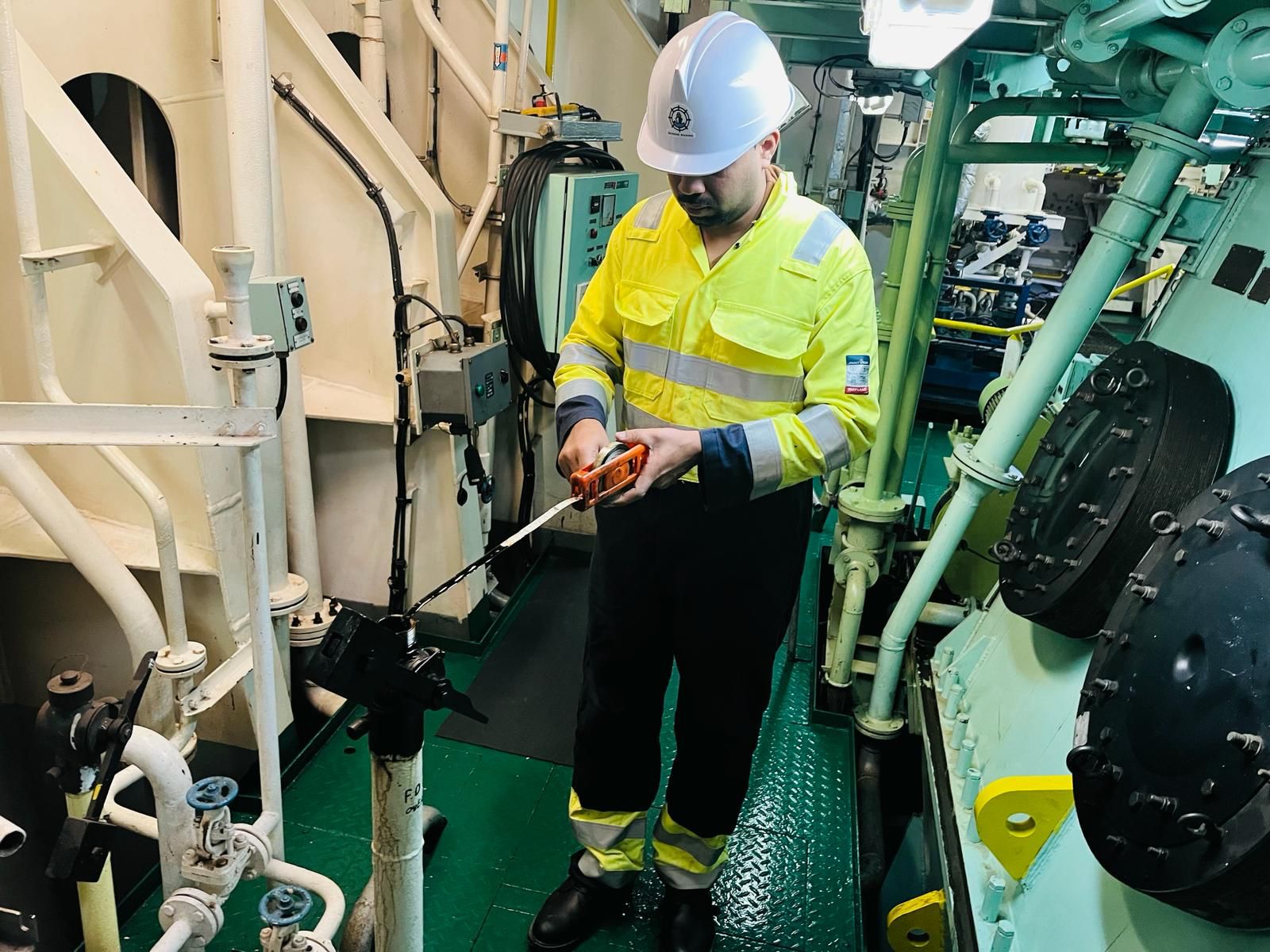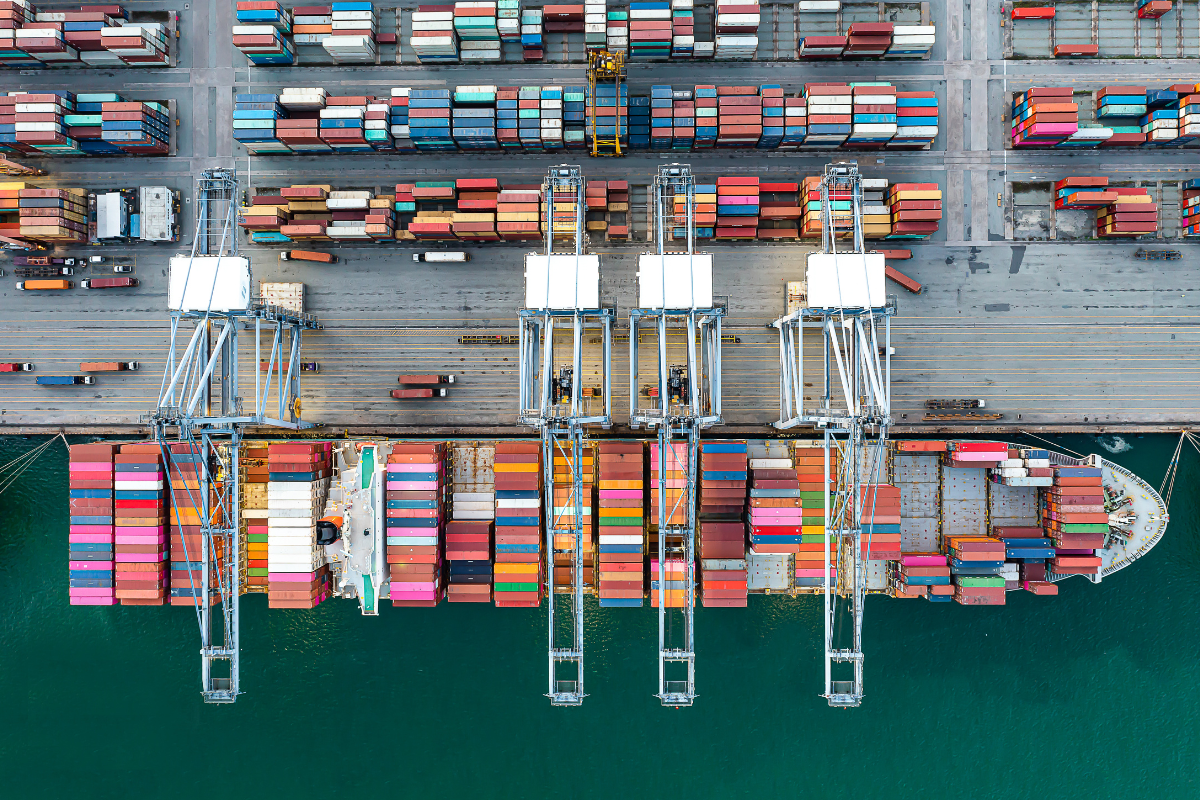How to Avoid the “Cappuccino Effect” in Bunkering
Imagine this: your ship relies on a crucial fuel delivery, only to discover later you’ve been cheated. This isn’t a fictional scenario – it’s the reality of the “cappuccino effect” in bunkering.
Just like the frothy beverage, unscrupulous bunker suppliers may introduce air into the fuel delivery hose, creating the illusion of more fuel than actually delivered. This can lead to significant financial losses and operational disruptions for unsuspecting ship owners.
The Deceptive Practice
Bunker barges replenish fuel reserves for ships during port calls. During the cappuccino effect, compressed air is pumped into the fuel delivery hose. This air creates a layer of foam on top of the fuel in your receiving vessel’s tanks. Initial tank soundings (measuring fuel level) will show inflated readings due to the air bubbles. However, as the air escapes, the true fuel level drops, revealing a significant shortfall.
The Financial Sting:
The financial impact of the cappuccino effect can be substantial. Large bunkering operations often involve thousands of tons of fuel. Even a small percentage shortfall due to air bubbles translates to significant losses. Furthermore, running low on fuel at sea can cause delays, rerouting, and potential engine problems, further escalating costs.
Protecting Your Vessel:
Fortunately, there are steps you can take to avoid falling victim to this deceptive practice:
Before Fuel Transfer:
- Choose Reputable Suppliers: Select bunker suppliers with a proven track record of ethical practices.
- Contractual Safeguards: Ensure clear clauses in your bunkering contract address air entrainment (air in the fuel).
- Independent Inspection: Consider engaging an independent inspector to witness the process and verify fuel quantity and quality.
During Fuel Transfer:
- Monitor the Process: Crew members should closely observe the bunkering operation for signs like excessive air bubbles in the fuel or unusual hose noises.
- Regular Soundings: Take frequent tank soundings throughout the process to identify any discrepancies.
- Flow Meter Awareness: Flow meters might not differentiate between air and fuel; rely on soundings for accurate measurement.
After Fuel Transfer:
- Final Soundings: Conduct final tank soundings after the air escapes and the foam subsides, revealing the true fuel quantity received.
- Protest When Needed: If final soundings show a significant shortfall, immediately notify the supplier and file a protest with clear documentation.
Identifying the Cappuccino Effect:
Be vigilant and look for these red flags:
- Frothy Surface: Excessive foam on the surface of the fuel in the bunker barge tanks during gauging.
- Excessive Bubbles: An abundance of bubbles on the sounding tape before, during, and after bunkering can indicate air entrainment.
- Hose Movement: Jerking or whipping movements of the bunker hose might suggest air being blown through the line.
- Delivery Anomalies: Pay attention to slow delivery rates, gurgling sounds near the manifold, or fluctuating pressure gauge readings.
- Unusual Noises: Unexplained noises from the bunker barge can be a warning sign.
Partnering for Peace of Mind:
Marine Surveyors like Serene Marine Services are your allies in the fight against the cappuccino effect. We offer witnessing services, fuel quantity and quality verification, and independent reports – invaluable tools in case of discrepancies.
Don’t let your next bunkering operation turn into a frothy mess. Contact Serene Marine Services today to learn how we can help ensure a smooth and reliable fuel transfer for your vessel.



